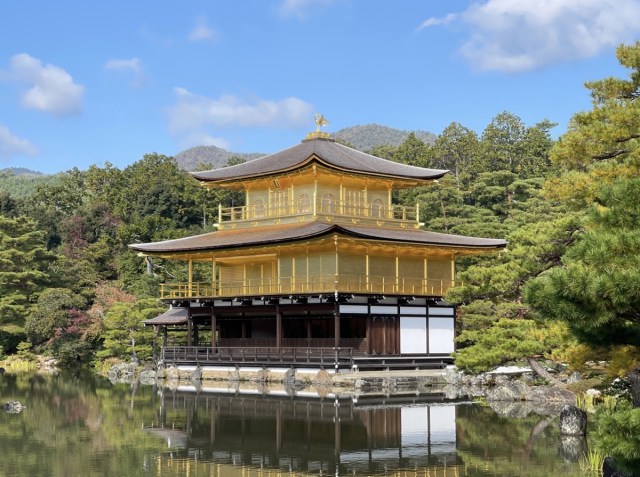
We visit the top tourist sites, and are surprised at what we discover.
In recent years, Kyoto has been buckling under the strain of overtourism, with congestion, bad behaviour, and etiquette problems becoming so widely reported in news reports that some people in Japan now totally avoid going there.
That all changed at the beginning of last year, however, when the coronavirus pandemic shut the country off to international tourism. The normally crowded tourist sites in the ancient capital became a lot quieter, and locals starting visiting again, not only to see the beautiful shrines and temples in the city, but to view them as they used to decades ago, before overtourism stole their quiet beauty.
Now, as the country begins to open up and people start travelling more freely again, there have been mixed reports about the number of tourists in Kyoto, with some reporting that the crowds are back at the city’s magnificent tourist sites.
We decided to take a look for ourselves to see what the crowds are really like right now, so sit back, relax, and join us as we take you on a virtual tour of some of the most popular spots in Kyoto, starting with:
▼ Kinkakuji
Also known as the Golden Pavilion, Kinkakuji is one of the most popular tourist destinations in Kyoto, often topping the list of must-see sites for foreign visitors to the city. The place where visitors congregate is just across the pond from the Pavilion, where people can capture the best photos of the glistening structure and its reflections in the water.
▼ The classic viewing spot is circled below.
It can be shoulder-to-shoulder here at times, especially when big tour buses arrive, offloading big groups of people who all jostle for a front-row view of the building. However, when we arrived at 10 a.m. on a weekday in early November, there was plenty of room to move at the viewing spot.
▼ The people in our photos have been blurred to protect their privacy, but you can still get a good sense of the crowd levels.
Even here, a little further into the gardens, where you can get a closer look at the Pavilion, there weren’t any crowds obscuring our view.
The garden was wonderfully quiet, and this thatched hut, which is usually surrounded by visitors looking to buy amulets and souvenirs, didn’t have one customer when we visited.
We were truly surprised by how few people there were at Kinkakuji, and it was the first time we’d been there without being surrounded by noise and throngs of tourists. It may be one of the 17 nationally protected Historic Monuments of Ancient Kyoto, which are classified as a World Heritage Site, but right now it feels more like a beautiful local park that tourists haven’t discovered yet.
After leaving the Golden Pavilion, it was time to visit the Silver Pavilion, otherwise known as:
▼ Ginkakuji
We were here at around 11:00 a.m. on a weekday, and from what we could see, there were a few more visitors around us. We figured the slight increase in people was to be expected, as crowds naturally tend to get larger as the day progresses, no matter where you are in the world.
It was slightly harder to snap a photo without people obscuring our view here, but in the grand scheme of things, the numbers at Ginkakuji were nowhere near as large as usual. A short distance away from the pavilion, in the moss garden section, for example, we felt as if we had the whole place to ourselves.
▼ No need to photoshop anyone out of this photo!
Without the maddening crowds, our senses felt strangely heightened in a way they never had been before on our previous trips to Ginkakuji. We were able to take deep breaths, quietly observe the greenery, and soak up the rays of the autumn sun, relishing the peace and quiet.
Both Kinkakuji and Ginkakuji are roughly thirty minutes away from the city centre by car, so we wondered if things might be a little more crowded at some of the more centrally located tourist sites, like:
▼ Kiyomizudera
People in the travel industry often refer to this temple as the most popular tourist destination in Kyoto. By the time we got there, it was around one in the afternoon, and at this time of day, it was teeming with people.
The parking lot was filled with sightseeing buses, and while the store-lined approach to the temple wasn’t as crowded as usual, it was still bustling, and crowded to the point that if you were to suddenly stop walking, someone would almost certainly bump into you from behind.
▼ However, once we’d made it past the crowds and up to the famous wooden stage that juts off the main hall of the temple, we were surprised to see this.
As you can see, there was plenty of room to walk around here, and if you’ve ever visited this site before, you’ll know that this spot is usually heaving with tourists. So we took a moment to stop here and savour this front-row view of the city.
It should be noted that autumn is one of the busiest times of the year in Kyoto, when tourists flock to the city to admire the beautiful fall foliage. So it’s understandable that a lot of people were here when we visited in November, but still, like the other places we stopped at, it was noticeably less busy than usual.
Down at Otowa-no-taki, Kiyomizudera’s famous waterfall, for instance, there was hardly any waiting time to get up close to the healing waters.
After visiting Kiyomizudera, we returned to the store-lined approach to the temple at around 1:30 p.m., and by this time, people were filling the narrow walkway.
This was the busiest spot we’d visited so far, yet, when we came to the Sannenzaka part of the approach, the crowds thinned out considerably. This famous photo spot is usually filled with tour groups, but today there was just a scattering of people around us, giving us a whole new perspective on it all.
▼ Without the crowds, it’s like stepping back in time.
The quiet beauty of these sites was really beginning to crack away at the hardened perceptions we had of Kyoto as a too-hard-to-handle tourist town, so we were keen to keep things going by making our way to another magical spot:
▼ Fushimi Inari Taisha
This shrine is most famous for its thousands of vermilion torii gates, which are so popular with tourists that guide books recommend people get up before dawn to see them before the crowds arrive.
The first torii is located right outside Inari Station, which is just three stops away from Kyoto Station, making it an easy spot for tourists to get to. However, at around 11 a.m. on the weekday we visited, there was hardly anybody here.
We enjoyed every moment of the peace and quiet as we made our way up the approach and into the main grounds of the shrine. And when we got to the rows of torii gates that line the mountain, it was eerily quiet, which added to the mysterious, atmospheric feel of the site.
There were so many moments here when there was absolutely nobody in front or behind us. Having the place entirely to ourselves was something we’d never experienced before, and the quiet stillness made it incredibly moving, as if we were lost in a spirit world.
After visiting the big-name tourist spots in Kyoto, we stopped by a number of other sites to see how they were doing. Over at Saihoji, better known as “Kokedera” or “Moss Temple,” guests are required to book a visiting time via a pre-reservation system, in order to “maintain the authenticity of Saihoji as a functioning Zen temple—that is, a place of religious practice where visitors enjoy a peaceful atmosphere for prayer or meditation—rather than a commercial temple”.
Online applications opened on 1 June in Japanese, with an English version currently being prepared. The reservation system really does help to control visitor numbers, because when we visited, it looked like this:
Over at the Kyoto Regular Tour Bus, there was a row of blue on the notice board, indicating vacant seats available on all departures.
And at Saimyoji temple, during the peak autumn-leaf viewing season? Ah, the serenity.
Jingoji wasn’t devoid of tourists, but the numbers were low, helping to create a relaxed atmosphere at the temple.
So what do we think about the state of Kyoto right now? Well, with scenes like this awaiting you, now is the time to explore this magnificent city.
It’ll no doubt get a little busier towards the end of this month, when a lot of the autumn leaves reach their peak beauty, but even then, the city won’t be at pre-pandemic tourist levels. And of course, visiting on a weekday and travelling by public transport is going to be your best bet for enjoying the city without the usual stress of crowds and congestion.
People in Japan may be blessed with the opportunity to enjoy Kyoto’s tourist sites without the crowds at the moment, but if you think about it, it’s a bit of a double-edged sword as Kyoto relies heavily on the tourist industry to keep it alive and thriving.
So it’s good to know that until international tourists return to breathe life into the city once more, local tourists from across Japan will keep it going. Because enjoying the treasures that exist in our own backyards is something we’re all rediscovering at the moment, even if it means risking your friendship at a supernatural temple.
Photos ©SoraNews24
● Want to hear about SoraNews24’s latest articles as soon as they’re published? Follow us on Facebook and Twitter!
[ Read in Japanese ]

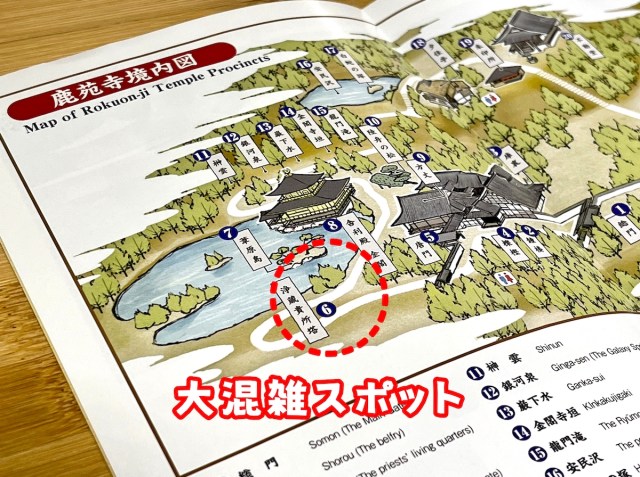
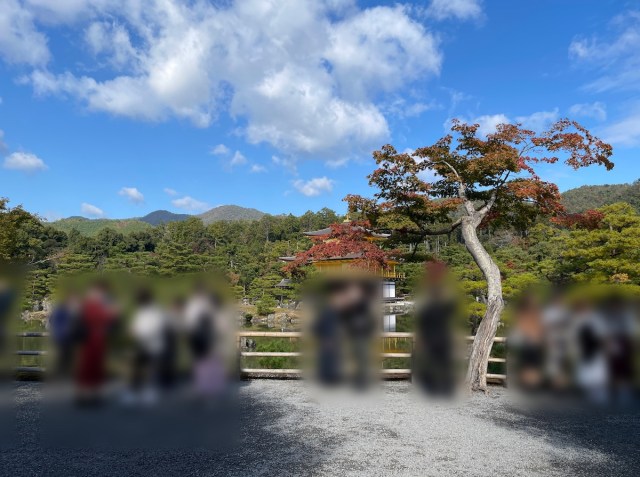
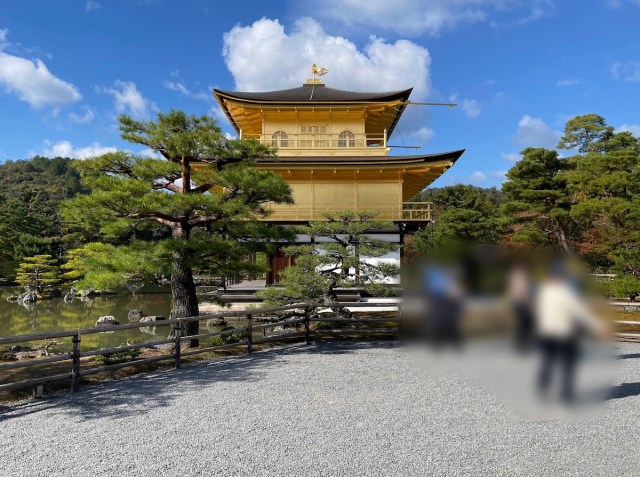
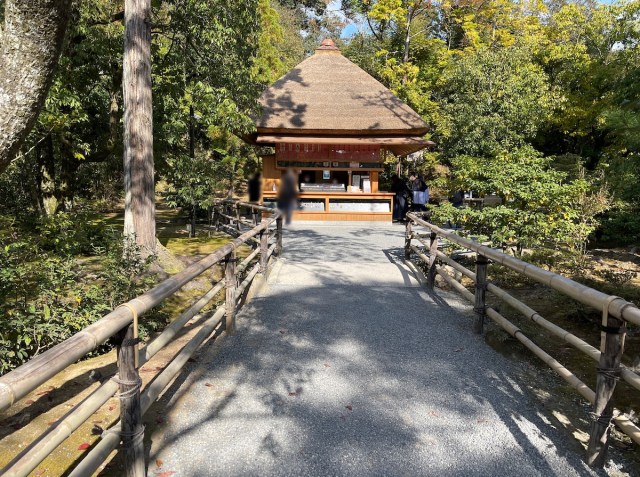

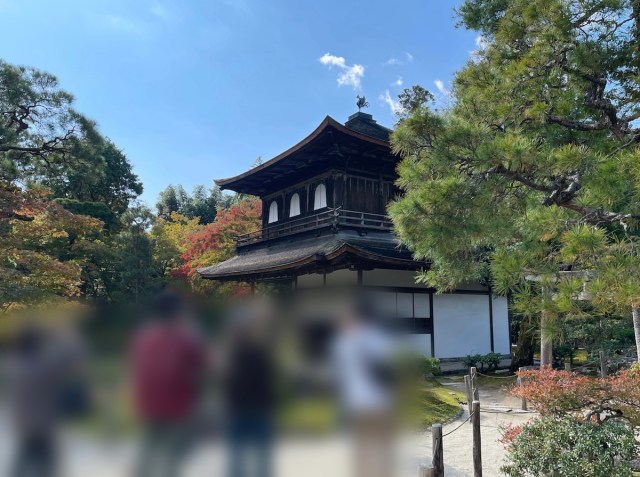

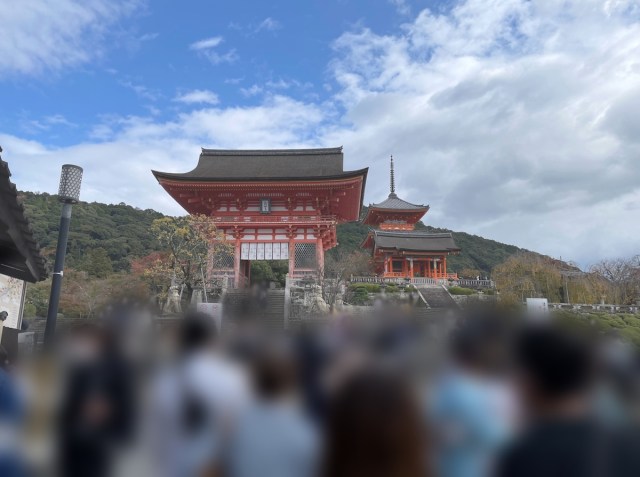
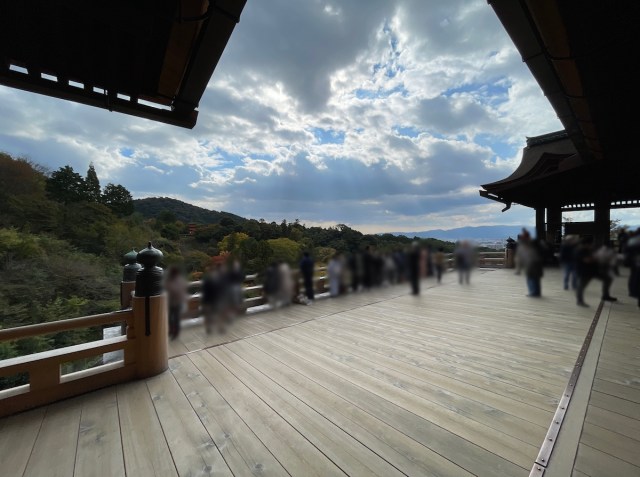
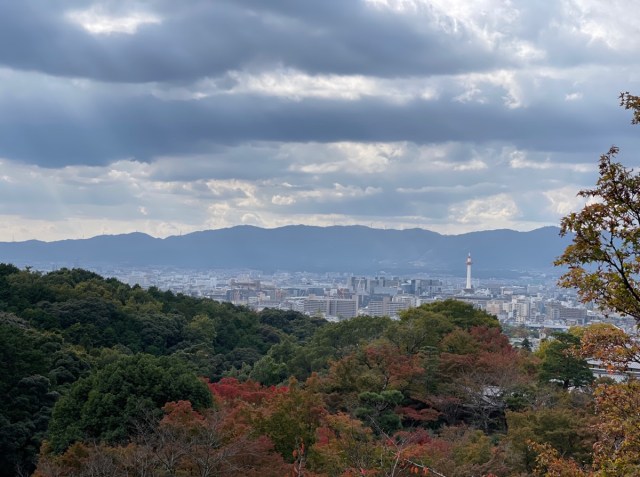
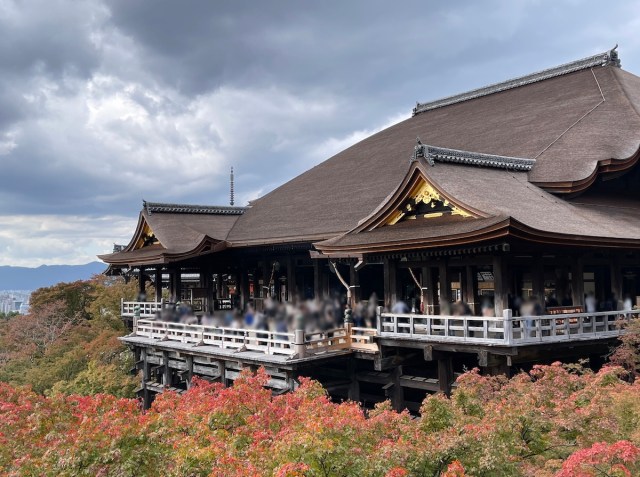
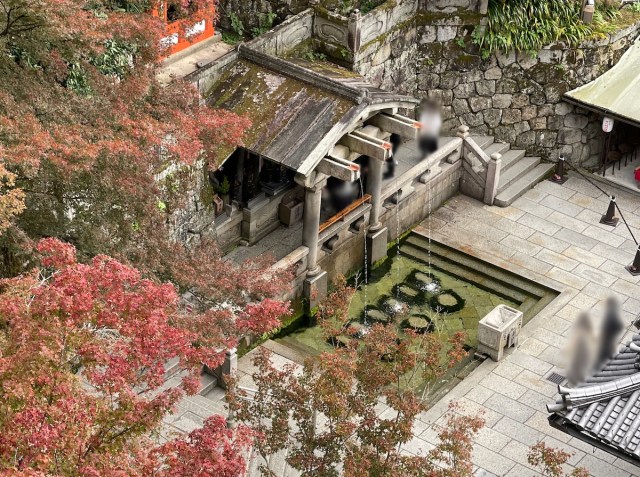
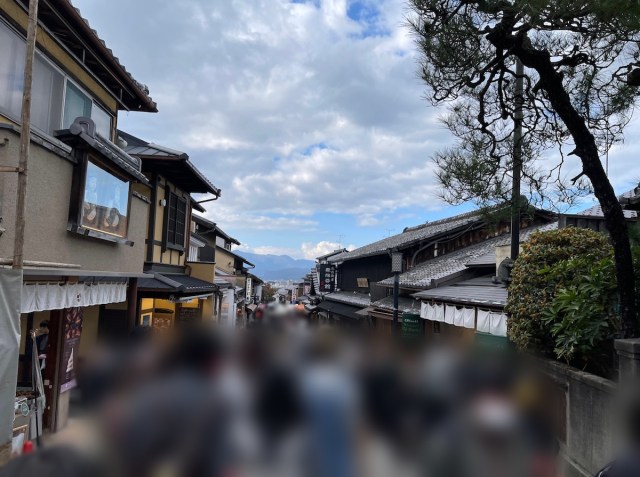
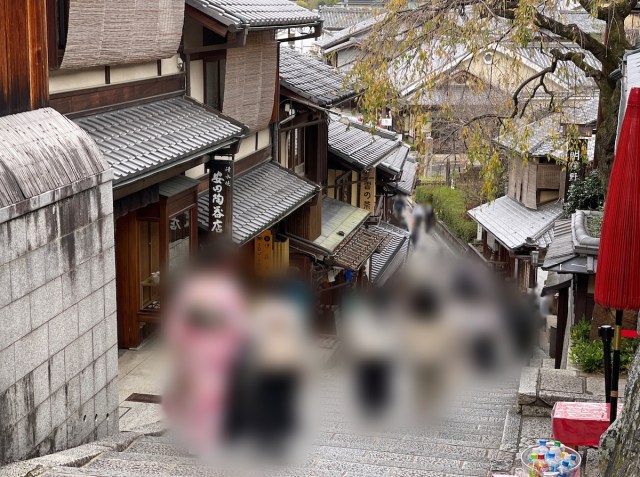
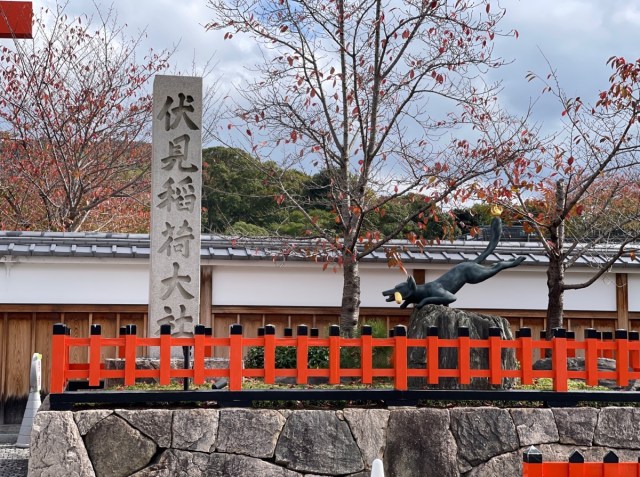
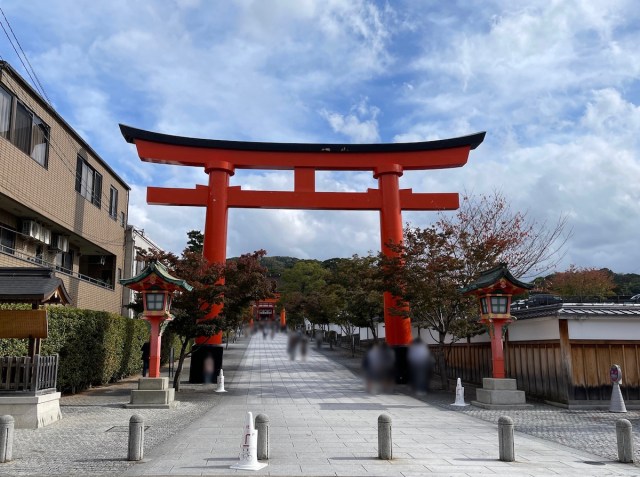
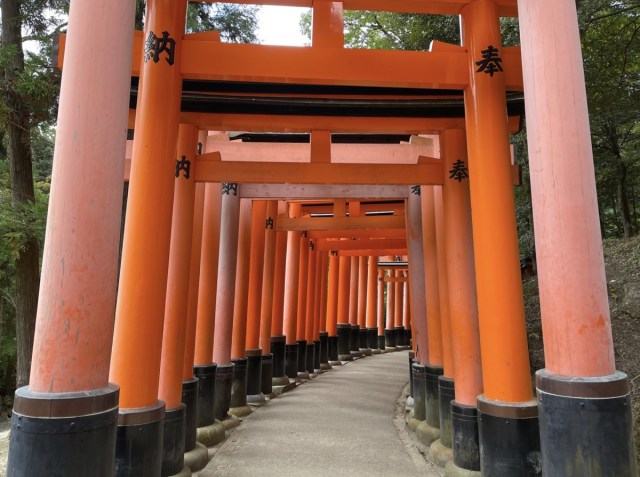
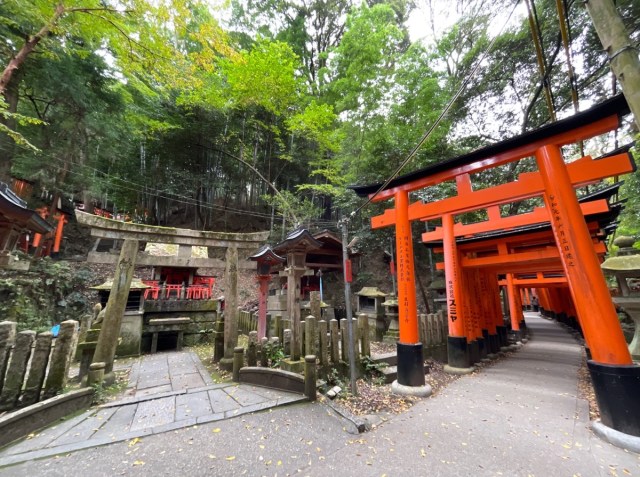
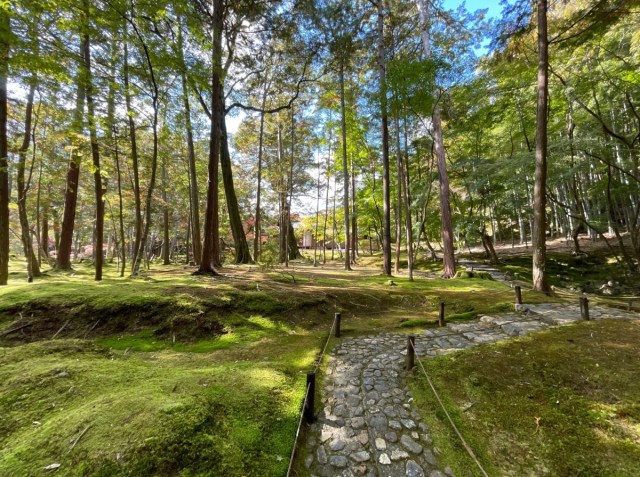
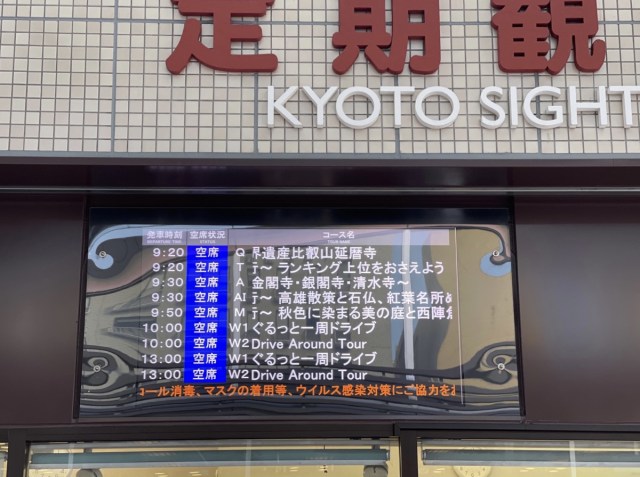
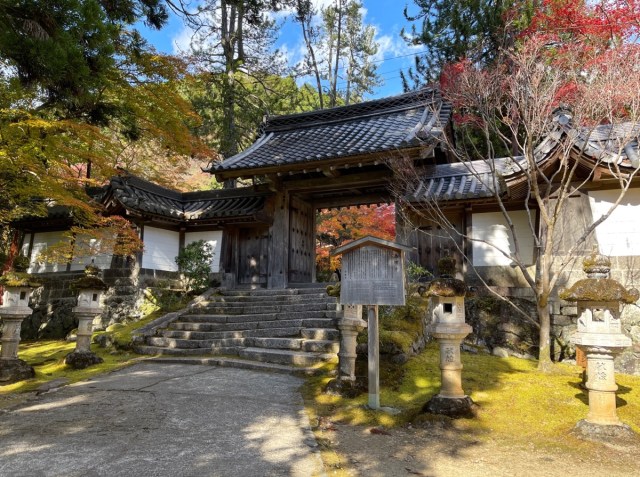
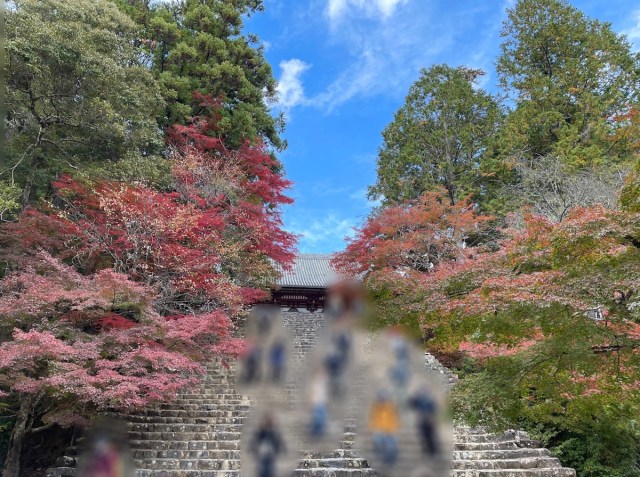
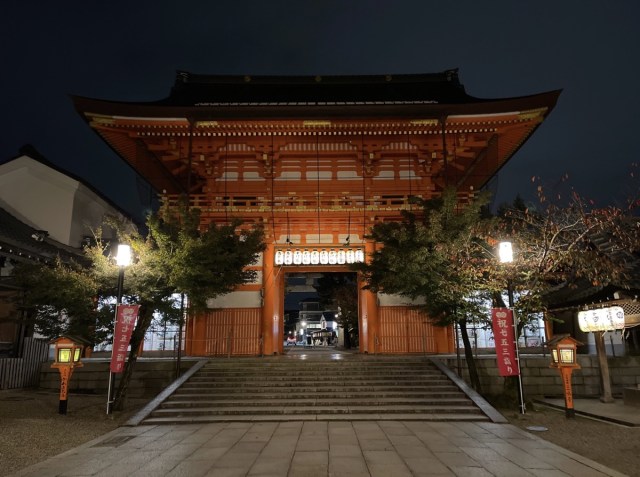
 Is Kyoto really as crowded with foreign tourists as they say?
Is Kyoto really as crowded with foreign tourists as they say? Minecraft User Decides to Make Kinkakuji, Eventually Creates the Entire City of Kyoto
Minecraft User Decides to Make Kinkakuji, Eventually Creates the Entire City of Kyoto Heavy snowfall in Kyoto creates scenes of breathtaking beauty at tourist sites around the city
Heavy snowfall in Kyoto creates scenes of breathtaking beauty at tourist sites around the city Kyoto tourist crowds disappearing due to coronavirus outbreak, creating travel crisis/opportunity
Kyoto tourist crowds disappearing due to coronavirus outbreak, creating travel crisis/opportunity Kyoto’s Kinkakuji creates unusual photo opportunity for visitors
Kyoto’s Kinkakuji creates unusual photo opportunity for visitors Japanese beef bowl chain Sukiya’s 2026 Smile Box lucky bag basically pays for itself
Japanese beef bowl chain Sukiya’s 2026 Smile Box lucky bag basically pays for itself Should you dip your cake in sake? One Japanese brewer says no, but actually yes【 Taste test】
Should you dip your cake in sake? One Japanese brewer says no, but actually yes【 Taste test】 Play games, learn, and get your fortune at Ginza’s limited-time Tsunaguu “Shrine of the Future”
Play games, learn, and get your fortune at Ginza’s limited-time Tsunaguu “Shrine of the Future” Japan’s new difficult-to-drink-from beer glass protects your liver, but it’s a brutal experience
Japan’s new difficult-to-drink-from beer glass protects your liver, but it’s a brutal experience The meaning of the mandarin and 6 other Japanese New Year traditions explained
The meaning of the mandarin and 6 other Japanese New Year traditions explained Bat soup in Palau is pretty intense
Bat soup in Palau is pretty intense Pizza Hut Japan’s hot lucky bags are perfect for a New Year’s pizza party
Pizza Hut Japan’s hot lucky bags are perfect for a New Year’s pizza party What’s it really like to climb Mt Fuji?
What’s it really like to climb Mt Fuji? 7-Eleven’s edible cat paw proves Japanese convenience store sweets are on a whole other level
7-Eleven’s edible cat paw proves Japanese convenience store sweets are on a whole other level Hand-drawn Godzilla poster used at tiny Taiwanese movie theatre is beautiful in its own way
Hand-drawn Godzilla poster used at tiny Taiwanese movie theatre is beautiful in its own way Starbucks Japan ready to get Year of the Horse started with adorable drinkware and plushies【Pics】
Starbucks Japan ready to get Year of the Horse started with adorable drinkware and plushies【Pics】 Hayao Miyazaki says Happy New Year to Studio Ghibli fans with new art for Year of the Horse
Hayao Miyazaki says Happy New Year to Studio Ghibli fans with new art for Year of the Horse 7 great places to see Mt. Fuji from without having to climb it
7 great places to see Mt. Fuji from without having to climb it We found possibly the quietest Japanese-style hotel in Tokyo’s bustling Shinjuku district
We found possibly the quietest Japanese-style hotel in Tokyo’s bustling Shinjuku district Cup Noodle tries an authentic Jiro-style ramen, but something’s not quite right
Cup Noodle tries an authentic Jiro-style ramen, but something’s not quite right Hello Kitty Choco Egg figures are an adorable trip through three periods of Japanese pop culture【Pics】
Hello Kitty Choco Egg figures are an adorable trip through three periods of Japanese pop culture【Pics】 Japan’s oldest largetooth sawfish in captivity back on display in Mie Prefecture
Japan’s oldest largetooth sawfish in captivity back on display in Mie Prefecture Cyberpunk anime meets traditional culture in Ghost in the Shell gold leaf Japanese changing screens
Cyberpunk anime meets traditional culture in Ghost in the Shell gold leaf Japanese changing screens The best Starbucks Japan Frappuccinos we want to drink again in 2026
The best Starbucks Japan Frappuccinos we want to drink again in 2026 We revisited Sweets Paradise after a decade to see if Japan’s dessert buffet still delivers
We revisited Sweets Paradise after a decade to see if Japan’s dessert buffet still delivers 7-Eleven Japan starts new temporary luggage storage service in over 300 branches
7-Eleven Japan starts new temporary luggage storage service in over 300 branches Disillusionment at Tsukiji’s tourist-target prices led us to a great ramen restaurant in Tokyo
Disillusionment at Tsukiji’s tourist-target prices led us to a great ramen restaurant in Tokyo Starbucks teams up with 166-year-old Kyoto doll maker for Year of the Horse decorations【Photos】
Starbucks teams up with 166-year-old Kyoto doll maker for Year of the Horse decorations【Photos】 Tokyo considering law requiring more trash cans following litter increase in heavily touristed area
Tokyo considering law requiring more trash cans following litter increase in heavily touristed area Tokyo’s Tsukiji sushi neighborhood asks tour groups to stay away for the rest of the month
Tokyo’s Tsukiji sushi neighborhood asks tour groups to stay away for the rest of the month Tokyo event lets you travel back in time, for free, to celebrate 100 years since Showa era start
Tokyo event lets you travel back in time, for free, to celebrate 100 years since Showa era start Sanrio theme park in Japan announces plans to expand into a Sanrio resort
Sanrio theme park in Japan announces plans to expand into a Sanrio resort Japan may add Japanese language proficiency, lifestyle classes to permanent foreign resident requirements
Japan may add Japanese language proficiency, lifestyle classes to permanent foreign resident requirements Stamina-destroying “Paralysis Noodles” are Tokyo’s newest over-the-top ramen innovation
Stamina-destroying “Paralysis Noodles” are Tokyo’s newest over-the-top ramen innovation Survey asks foreign tourists what bothered them in Japan, more than half gave same answer
Survey asks foreign tourists what bothered them in Japan, more than half gave same answer Japan’s human washing machines will go on sale to general public, demos to be held in Tokyo
Japan’s human washing machines will go on sale to general public, demos to be held in Tokyo Japan’s deadliest food claims more victims, but why do people keep eating it for New Year’s?
Japan’s deadliest food claims more victims, but why do people keep eating it for New Year’s? We deeply regret going into this tunnel on our walk in the mountains of Japan
We deeply regret going into this tunnel on our walk in the mountains of Japan Studio Ghibli releases Kodama forest spirits from Princess Mononoke to light up your home
Studio Ghibli releases Kodama forest spirits from Princess Mononoke to light up your home Major Japanese hotel chain says reservations via overseas booking sites may not be valid
Major Japanese hotel chain says reservations via overseas booking sites may not be valid Put sesame oil in your coffee? Japanese maker says it’s the best way to start your day【Taste test】
Put sesame oil in your coffee? Japanese maker says it’s the best way to start your day【Taste test】 No more using real katana for tourism activities, Japan’s National Police Agency says
No more using real katana for tourism activities, Japan’s National Police Agency says Starbucks Japan reveals new sakura drinkware collection, inspired by evening cherry blossoms
Starbucks Japan reveals new sakura drinkware collection, inspired by evening cherry blossoms Updated cherry blossom forecast shows extra-long sakura season for Japan this year
Updated cherry blossom forecast shows extra-long sakura season for Japan this year Explore Kyoto tourist site Fushimi Inari Taisha shrine with Unreal Engine 4 【Video】
Explore Kyoto tourist site Fushimi Inari Taisha shrine with Unreal Engine 4 【Video】 Tourists in Kyoto cause chaos at railway crossing near Fushimi Inari Taisha
Tourists in Kyoto cause chaos at railway crossing near Fushimi Inari Taisha Tourists warned about fake volunteer guide near Kinkakuji in Kyoto
Tourists warned about fake volunteer guide near Kinkakuji in Kyoto Foreign tourists blasted for chasing maiko and geisha on streets of Kyoto【Video】
Foreign tourists blasted for chasing maiko and geisha on streets of Kyoto【Video】 Magical train ride through Japan’s autumn leaves is like travelling to a different world【Video】
Magical train ride through Japan’s autumn leaves is like travelling to a different world【Video】 Top 30 tourist sites in Japan: the most popular sightseeing spots for overseas visitors
Top 30 tourist sites in Japan: the most popular sightseeing spots for overseas visitors “Feel” and experience Kyoto’s Kiyomizu Temple from afar via Tumblr
“Feel” and experience Kyoto’s Kiyomizu Temple from afar via Tumblr Kyoto’s Tofukuji temple opens secret area above Sanmon Gate to the public
Kyoto’s Tofukuji temple opens secret area above Sanmon Gate to the public Japanese shrine may have created the most Kyoto-like “wear a mask” reminder ever
Japanese shrine may have created the most Kyoto-like “wear a mask” reminder ever Visit top Kyoto sites and escape the crowds with new early-morning sakura sightseeing campaign
Visit top Kyoto sites and escape the crowds with new early-morning sakura sightseeing campaign Kyoto creates new for-tourist buses to address overtourism with higher prices, faster rides
Kyoto creates new for-tourist buses to address overtourism with higher prices, faster rides Japanese photographer captures the beauty of Kyoto in the snow 【Photos】
Japanese photographer captures the beauty of Kyoto in the snow 【Photos】 Japan Travel: Mysterious rockstar Jizo statue found at Kiyomizudera temple
Japan Travel: Mysterious rockstar Jizo statue found at Kiyomizudera temple Kyoto temple bans photography at famous autumn foliage viewing spots
Kyoto temple bans photography at famous autumn foliage viewing spots What are the top 10 most popular shrines among international tourists? Study reveals…
What are the top 10 most popular shrines among international tourists? Study reveals…
Leave a Reply